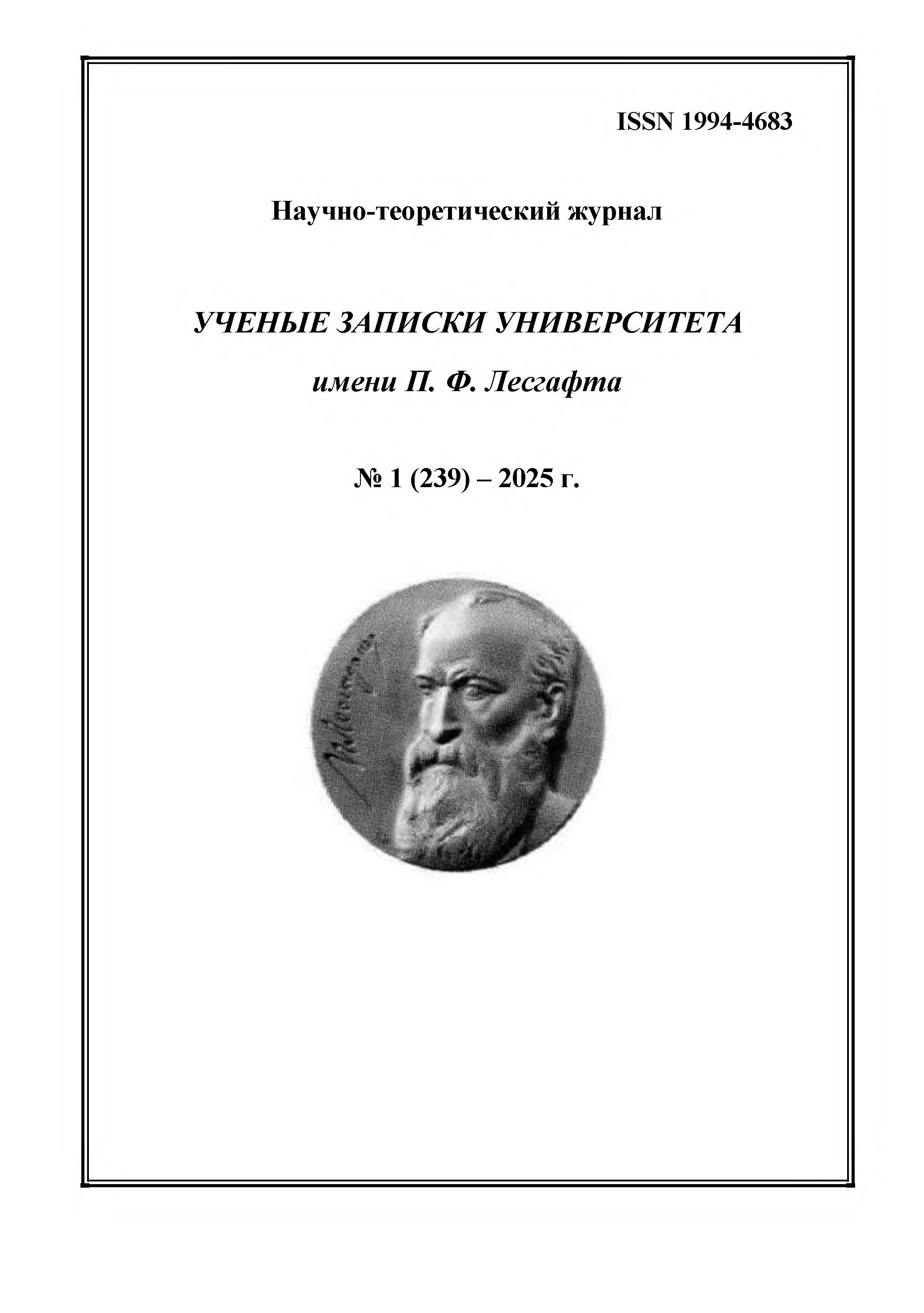Russian Federation
CSCSTI 77.29
The purpose of the study is to investigate the influence of non-invasive translingual neurostimulation on shooters' performance and functional indicators in standing shooting with an air rifle, as well as to develop an effective methodology for improving shooting technique using this type of neurostimulation. Research methods and organization. The study employed the following main methods: analysis and summarization of scientific and methodological literature, assessment of the technical preparedness of shooters, pedagogical experiments, as well as experimental research, including a method of non-invasive translingual neurostimulation combined with neuroenergy mapping of the brain. A comprehensive analysis of the technical and functional preparedness of the experiment participants was conducted. A comparative evaluation of the dynamics of improvement in shooting results following the implementation of non-invasive translingual neurostimulation into the training process was carried out, with control indicators recorded using the optoelectronic system SKATT and neuroenergy mapping of the brain. Research results and conclusions. The application of non-invasive translingual neurostimulation techniques, combined with neuroenergy mapping of the brain, facilitates targeted improvement in shooting skills, as it allows for the modulation of motor and sensory areas of the cerebral cortex, speech centers, the vestibular apparatus, as well as visual and auditory nerves and autonomic regulatory centers. This is achieved through conscious control over sensory perception, derived from sensations that arise in the muscles and joints during the execution of shots. The use of non-invasive translingual neurostimulation aids in enhancing the physical and cognitive performance of the shooter, restoring functionality, and developing professional skills in shooting with an air rifle in the VP-60 exercise. This method also allows for an objective assessment of the impact of non-invasive translingual neurostimulation on shooting results from a standing position and the state of the nervous system of the participants in the experiment. The training methodology utilizing TLNS is being developed in collaboration with neurologist Dr. Evgeny V. Bugorsky.
bullet shooting, non-invasive translingual neurostimulation, aerobic capabilities, anaerobic capabilities, coordination abilities, motor and sensory zones, physical and cognitive indicators
1. Pukhov A. M., Moiseev S. A., Ivanov S. M. [et al.] (2019), “Experimental study of the effects of translingual neurostimulation on the functional state of athletes”, Therapeutic Physical Culture and Sports Medicine, No. 3 (153), pp. 43–49.
2. Danilov Y., Kaczmarek K., Skinner K., Tyler M. (2015), “New Approach to Neurorehabilitation”, Brain Neurotrauma: Molecular, Neuropsychological, and Rehabilitation Aspects, Boca Raton (FL), CRC Press/Taylor & Francis, Chapter 44.
3. Frehlick Z., Lakhani B., Fickling S. D., Livingstone A. C., Danilov Y., Sackier J. M., D'Arcy R. C. N. (2019), “Human translingual neurostimulation alters resting brain activity in high-density EEG”, Journal of NeuroEngineering and Rehabilitation, volume 16, Article number: 60, doi:https://doi.org/10.1186/s12984-019-0538-4.






